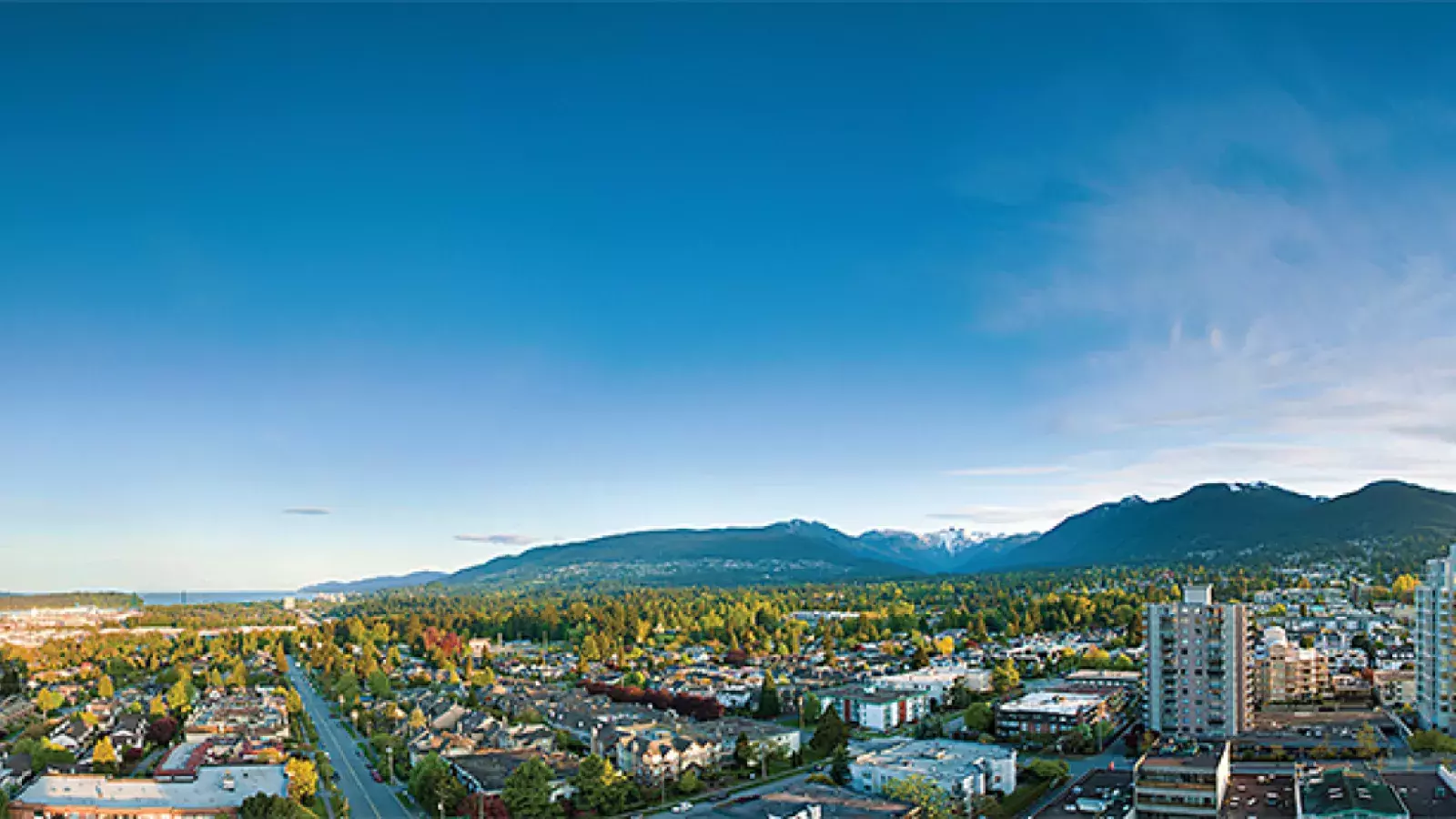A collection of changing communities
Since the completion of the Canada Line in 2010, it is evident that the City of Vancouver and Richmond have amended their Official Community Plans (OCPs) to allow for new developments and higher density as a direct response to the new rapid transit system. Likewise in Coquitlam, neighbourhoods near the future Evergreen Line SkyTrain stations have seen a significant growth in development applications. From this perspective, it seems like transportation infrastructure is the key driver of significant community change — but not for the North Shore, a distinct area north of the Burrard Inlet known for its quaint waterfront neighbourhoods and stunning mountainside living.
The three municipalities that make up the North Shore (the District of West Vancouver, City of North Vancouver, and District of North Vancouver) have taken great strides to amend zoning bylaws, strengthen OCP policies, and prioritize community revitalization projects. These changes have been driven by factors such as local demographic changes, meeting emerging housing needs, arts and culture initiatives, community values, sustainability programs, and the goal to enhance livability — none of which are associated with rapid transit.
For example, the District of West Vancouver adopted a Housing Action Plan in 2013 to address the growing population of older residents by supporting the development of seniors’ housing, purpose-built rental complexes, and adaptable/accessible suites. In addition, West Vancouver has been prioritizing their “Ambleside Village Centre Strategy” to improve local businesses, generate employment, boost cultural tourism, and add new forms of housing.
Recognizing the challenges of single-family homes increasing in price and the aging demographic, changes have also occurred in North Vancouver. For instance, the District of North Vancouver held an open house this past July to obtain feedback as they prepare to amend their zoning bylaw to gradually allow for coach houses. Taking an even bigger leap, the City of North Vancouver has engaged with thousands of residents over the past 3 years to draft their 2014 Official Community Plan which includes objectives such as “considering the needs of households with children in the design of multi-family projects” and “providing opportunities for a range of housing densities, diversified in type, size and location.”
As a result of these community changes, the North Shore will see a major increase in new housing stock — such as townhomes, low-rise wood frame buildings, and multi-tower communities – especially in these five major neighbourhoods:
This additional supply of multi-family suites will allow current residents to stay within their North Shore neighbourhood as their needs change. The greater range of new housing options also makes the area much more accessible for new residents from throughout Metro Vancouver who are attracted to the North Shore for its world-class outdoor recreation opportunities, vibrant cultural scene and proximity to downtown Vancouver.
So if you’re looking for a neighbourhood with deep historical roots, fantastic recreation, excellent shopping with easy access to downtown, the North Shore is worth exploring.



